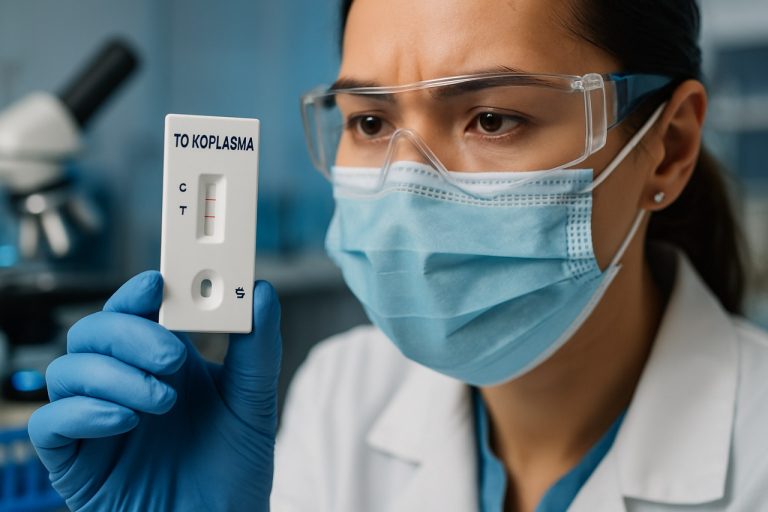
- Rice University researchers are innovating a sustainable method for lithium extraction, which is vital for smartphones and electric vehicles.
- The new technique utilizes a reengineered solid-state battery component acting as a membrane to selectively extract lithium in water-rich environments.
- A NASICON-based crystalline lattice allows lithium ions to pass through, improving efficiency and reducing environmental impact.
- This method has the potential to revolutionize resource recovery, aligning ecological sustainability with technological progress.
- The breakthrough could significantly lower battery costs, supporting the transition to cleaner electric vehicles and urban environments.
- The innovation supports global renewable energy targets and reduces reliance on invasive mining and foreign supply chains.
- With ongoing incentives for electric vehicles, the adoption of these technologies is both economically and environmentally beneficial.
At the forefront of renewable energy innovation, Rice University researchers are diving into the core of a challenge overshadowing the clean energy transition—the sustainable and efficient extraction of lithium. This crucial element fuels our beloved smartphones, electric vehicles, and the myriad gadgets that define modern life. Yet, its extraction process is a looming environmental conundrum, dependent on invasive mining and fragile foreign supply chains.
The brilliant minds at Rice University have devised a visionary approach—a revolutionary reengineering of solid-state battery components to harvest lithium. Imagine a future where lithium extraction bypasses the deeply entrenched environmental toll and economic pitfalls. The solid-state electrolyte, ordinarily a pivotal component in next-generation batteries, has been transformed into a membrane that stylishly extracts lithium in water-laden environments. This innovation is poised to rewrite the rules of resource sustainability.
Using a sophisticated sodium super ionic conductor, or NASICON, the researchers craft an intricate dance of ion movement across the solid membrane. The meticulously constructed crystalline lattice becomes a molecular sieve, allowing only lithium ions to pass through, while resolutely barring unwanted elements. This elegant solution not only maximizes efficiency but diminishes the environmental impact traditionally associated with lithium extraction.
The implications of this breakthrough are monumental. The selective extraction method holds promise beyond lithium, suggesting a new horizon for recovering a spectrum of valuable substances. As we face an escalating global demand for lithium to meet renewable energy goals by 2040, this technique offers a beacon of hope. It promises to align ecological priorities with technological advancement, echoing Goldman Sachs’ forecasts of plummeting battery prices and the anticipated savings from efficient recycling and innovation.
Electric vehicles, powered by cheaper and sustainably sourced batteries, could proliferate, leading to cleaner cities and healthier inhabitants. Each electric vehicle replacing a fuel-guzzler heroically prevents tons of harmful emissions, supporting the fight against climate change and propelling us toward a cleaner future.
With tax incentives still favoring electric vehicle purchases, potential savings on fuel, and maintenance costs, the transition from traditional combustion engines is not just wise—it’s imperative. Through the creativity and perseverance of institutions like Rice University, the path to an energy-efficient world becomes clearer and closer.
To remain abreast of groundbreaking developments reshaping our world, join our newsletter for weekly insights and discover simple ways to contribute to a greener planet. The future holds boundless potential, and we are but at the dawn of these transformative times.
Unlocking the Future: Revolutionary Lithium Extraction Methods to Transform Clean Energy
Introduction
At the cutting edge of renewable energy innovation, researchers at Rice University have developed a groundbreaking method to address one of the significant hurdles in clean energy—sustainable lithium extraction. This development promises to mitigate the environmental impact and economic challenges associated with traditional lithium mining, critical for powering our smartphones and electric vehicles (EVs). Leveraging a novel approach involving solid-state battery technologies, this method could redefine the future of energy sustainability.
Breaking Down the Innovation
NASICON and Solid Membranes: An In-Depth Look
The Rice University team utilizes a sodium super ionic conductor (NASICON) to form a solid membrane capable of selectively extracting lithium ions. This crystalline lattice acts as a molecular sieve, only allowing lithium ions to pass through while blocking other elements. This process not only enhances efficiency but importantly, reduces the environmental harm of conventional extraction techniques.
Real-World Use Cases and Implications
Transforming Industries: Beyond Lithium Extraction
While the immediate focus is on lithium, the NASICON technology holds promise for extracting other valuable elements like cobalt, nickel, and copper. This could revolutionize industries dependent on these materials, spurring advancements in electronics, renewable energy, and beyond.
Impact on Electric Vehicles
As the demand for lithium skyrockets, particularly for EV production, this method offers a sustainable solution to meet global needs. By ensuring a greener supply chain for battery components, automakers can lower the cost of EVs, driving greater adoption and reducing greenhouse gas emissions.
Market Forecast and Industry Trends
Lithium Demand and Economic Impact
According to industry forecasts, the global lithium market is projected to grow significantly in the next decade due to increased demand from the EV sector and renewable energy initiatives. This novel extraction method could lower costs and increase supply reliability, influencing market dynamics favorably for manufacturers and consumers alike.
Battery Technology Advancements
As technologies like NASICON gain traction, the evolution of batteries is imminent. Solid-state batteries, known for their longer lifecycle and higher energy density, are positioned to become more feasible and environmentally friendly.
Pros and Cons Overview
Advantages of the New Method
– Environmental Benefits: Reduces invasive mining and environmental degradation.
– Economic Efficiency: Offers a potentially lower-cost alternative to current extraction methods.
– Scalability: Can be adapted to extract other valuable materials aside from lithium.
Potential Challenges
– Technical Hurdles: Scaling the technology from laboratory to industrial levels may present unforeseen challenges.
– Initial Investment: High initial research and development costs could be a barrier to entry.
Actionable Recommendations
1. For Consumers: Consider switching to electric vehicles that utilize sustainably sourced batteries to reduce your carbon footprint.
2. For Businesses: Invest in research and development of innovative extraction technologies to safeguard future resource supplies.
3. For Policymakers: Support initiatives and policies that encourage sustainable mining practices and the development of alternative extraction technologies.
Conclusion
With the potential to significantly reshape resource sustainability, the advancements by Rice University’s researchers could pave the way for a cleaner, more efficient energy landscape. By staying informed and making conscious choices, individuals and industries alike can contribute to a greener planet.
For more details on sustainability initiatives and renewable energy developments, visit Rice University.
Stay updated by subscribing to our newsletter for regular insights into the innovations driving the green revolution. The path to a sustainable future is brighter than ever, and your involvement is crucial.



